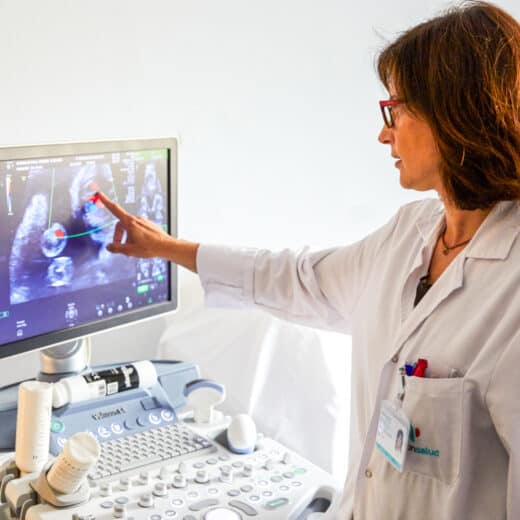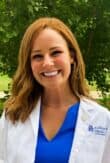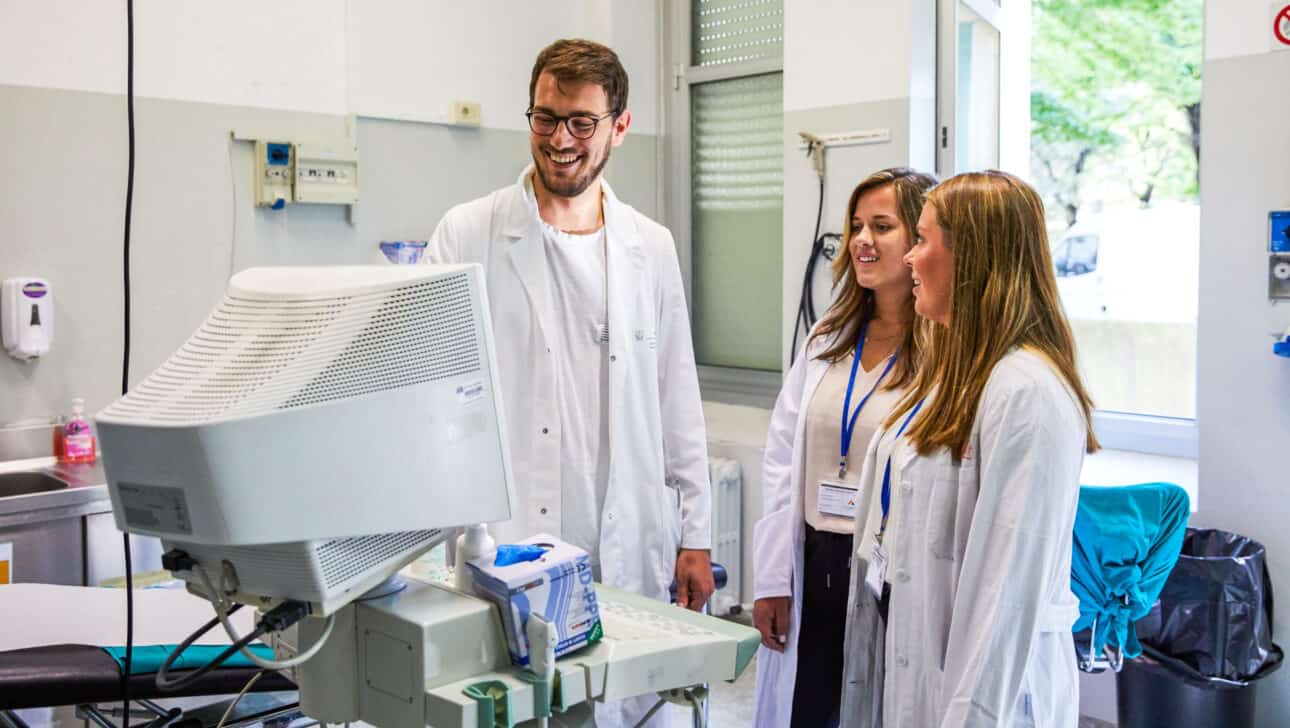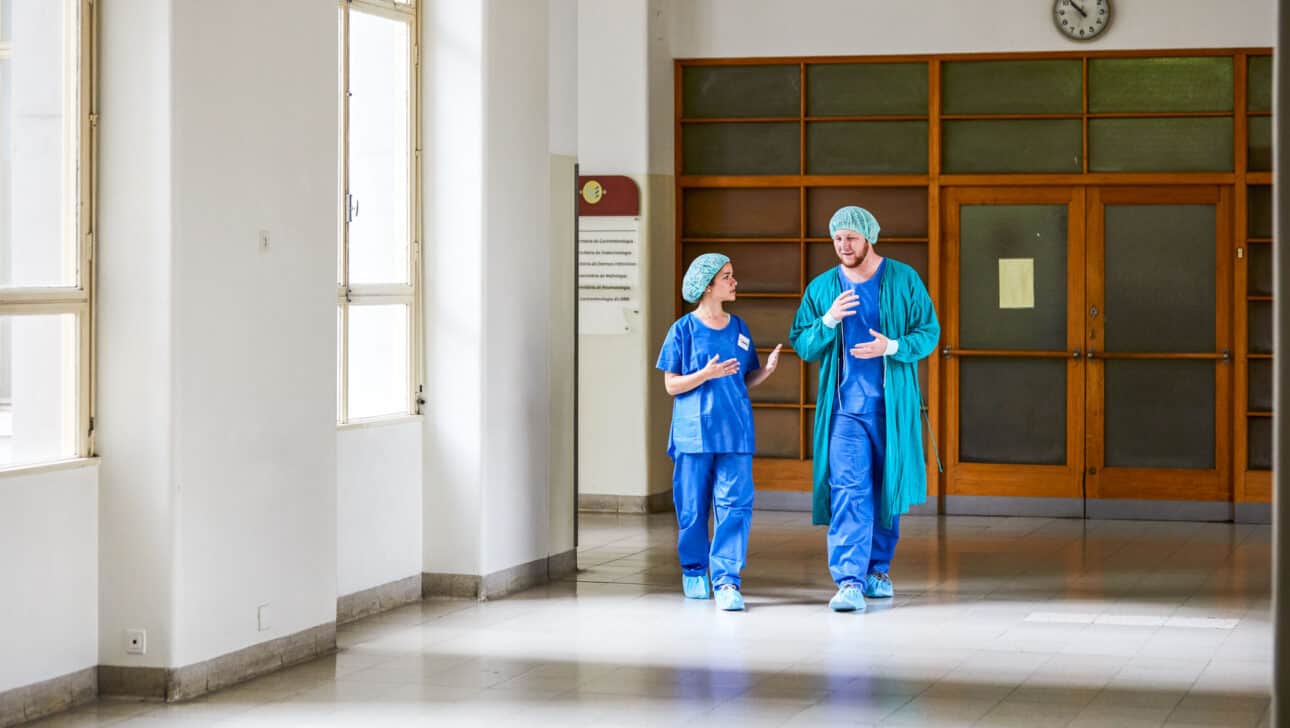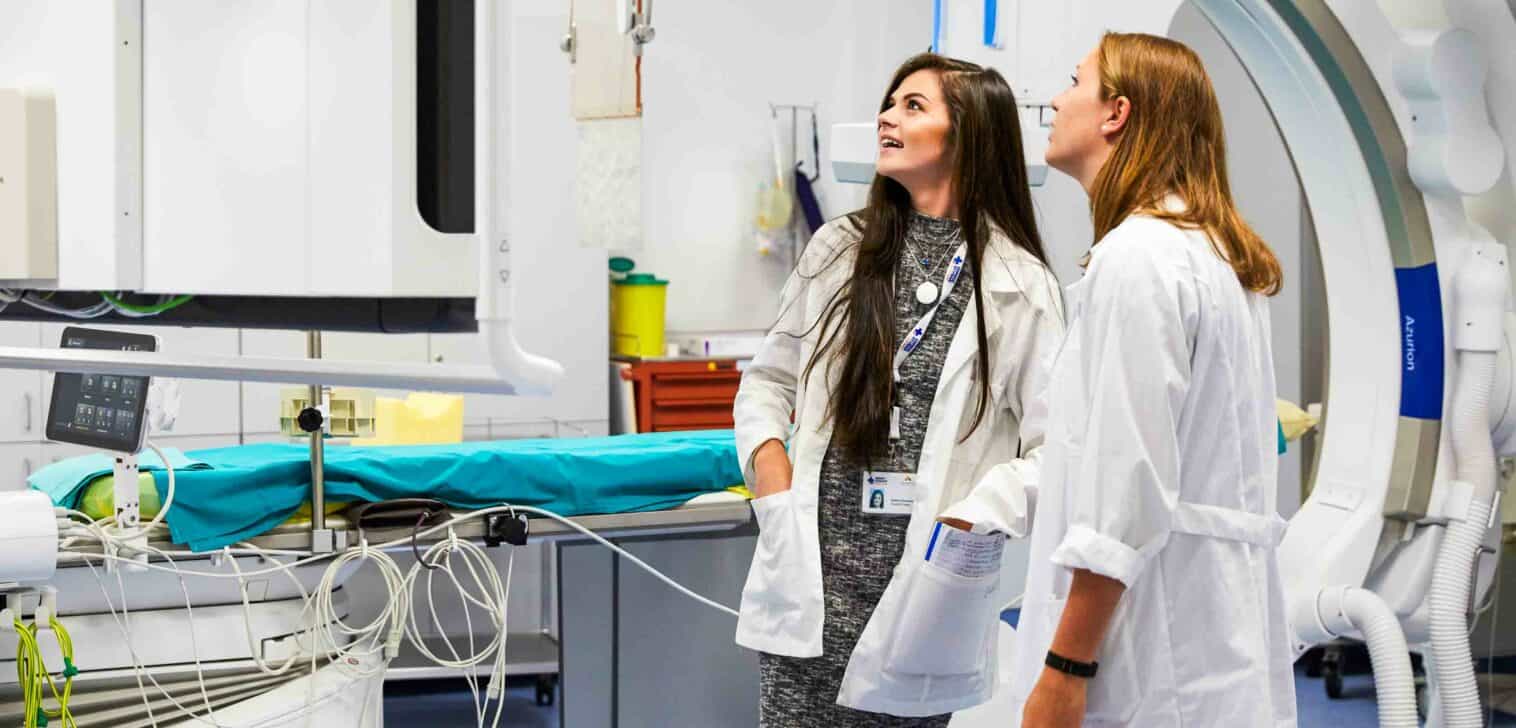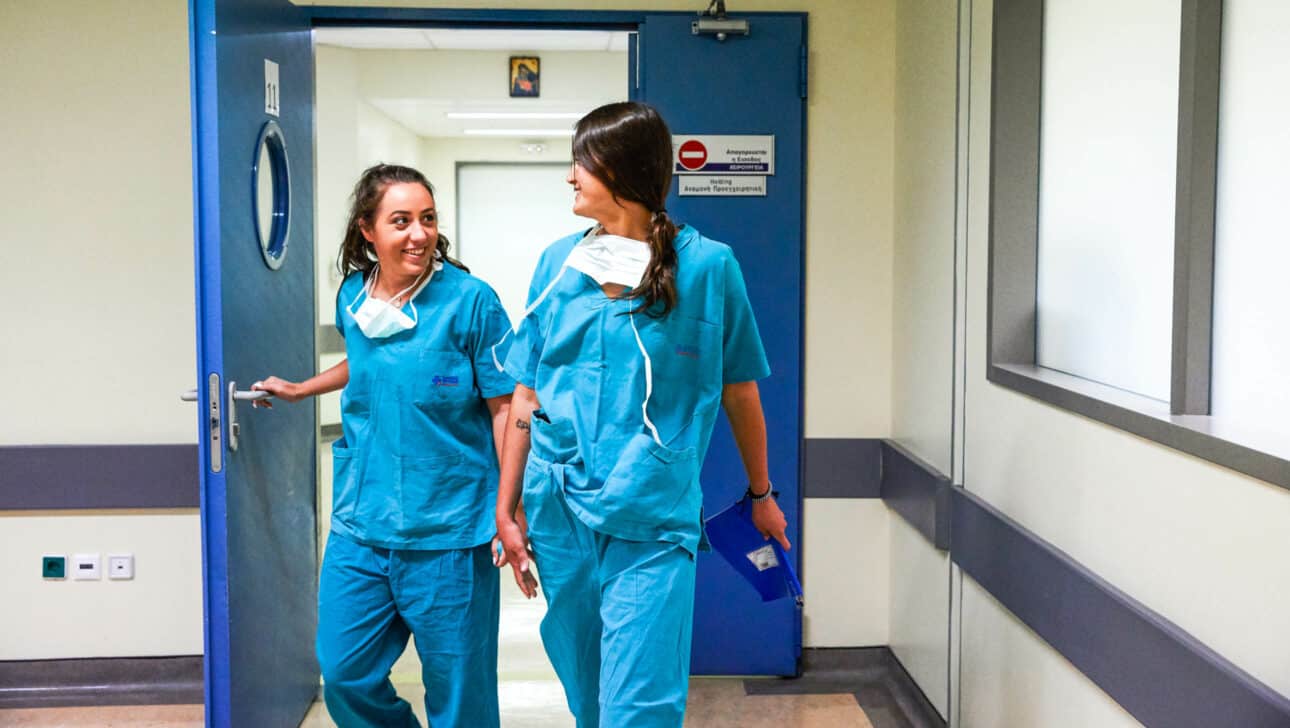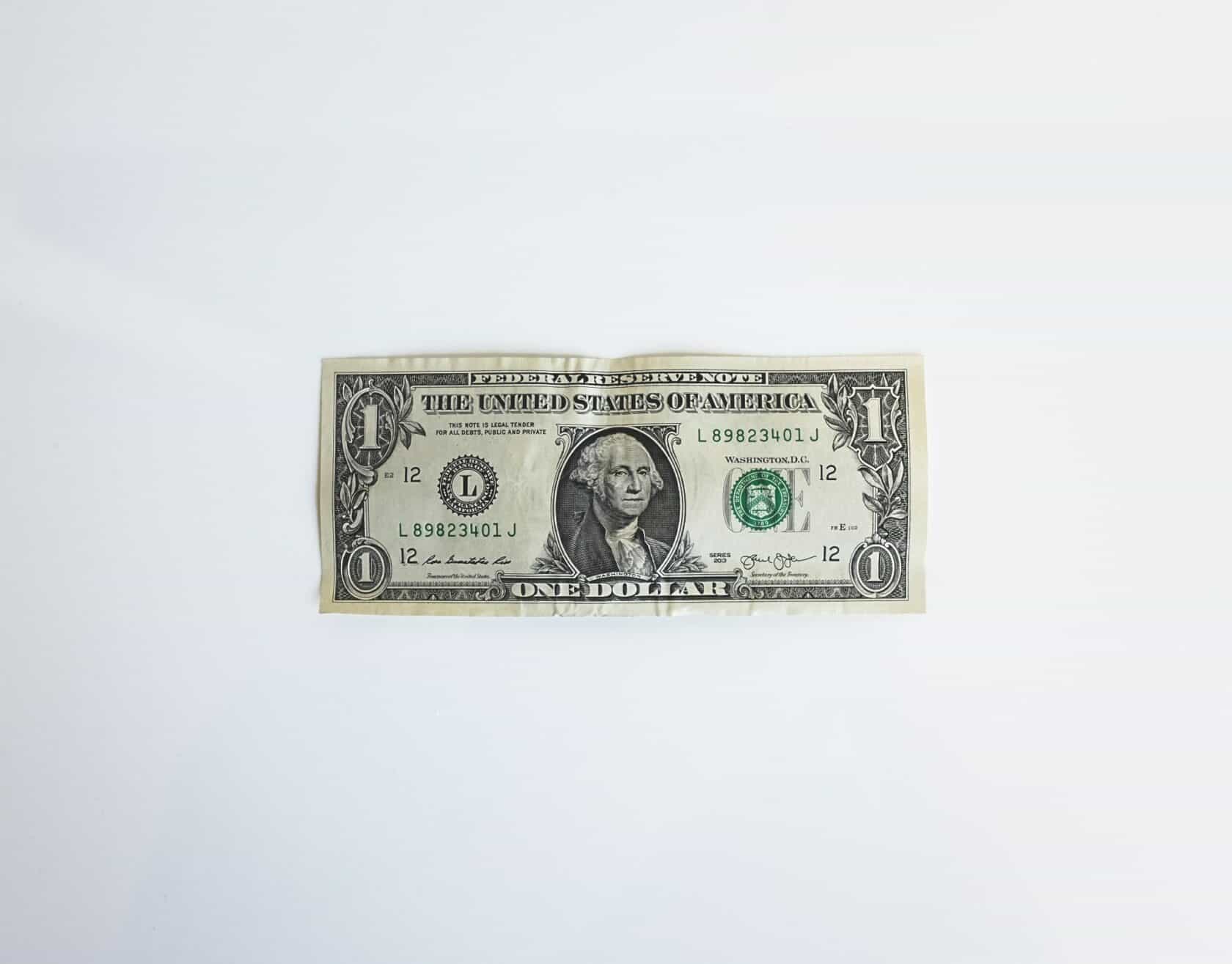
Applying to Med/PA School
The Reality of Medical School Debt

About Dr. Jake Groenendyk
Dr. Jake Groenendyk is a native of Sioux Center, Iowa. He attended Covenant College in Lookout Mountain, Georgia, and graduated with a B.A. in Biology, followed by an M.D. from Washington University in St. Louis. He is now an internal medicine resident at Northwestern University, and in his free time enjoys reading, running, and cycling.
First of all, how much does medical school cost on average?
If you are considering attending medical school in the United States, you’ve almost certainly wondered how you are going to pay for it. According to the American Association of Medical Colleges, 76 percent of graduating medical students took out loans in 2017; for those who did, the median level of debt reached $192,000. To put this sum in perspective, it is more than the average American worker makes in four years. With $192,000, you could buy 29,538 chicken burritos at Chipotle or purchase both a Tesla Model S and a Model X, and ride my favorite mode of transportation, a Lime Scooter, for 157 days straight.
Perhaps even more worrisome than this high median debt level is the fact that, according to the AAMC, 16 percent of medical students graduating in 2018 had over $300,000 in educational debt. Concerns about this high debt level cause many potential medical students to be hesitant about pursuing medicine in the first place.
Others anticipate their future doctor’s salary and spend as they please. While the high student loan debt faced by many graduates shouldn’t deter most applicants from pursuing a career in medicine, it is an important factor to consider before entering medical school. In this post, my goal is to provide you with the basic information you need. As you read, keep in mind that I am not a trained financial advisor and recommend that you do your own research before making financial decisions.
Let’s start talking money in medicine.
Most of us enter medicine for good reasons. We desire to contribute to our communities, make the world a better place and stimulate our intellects in the process. We often make talk of money taboo, perhaps out of a desire to perpetuate the image of the beneficent physician solely dedicated to her patients’ health. However, the dollars that move in and out of taxpayer pockets, hospital coffers and insurance companies’ accounts are real, and they make a tangible difference in the world around us. Pretending that money doesn’t exist won’t change that.
The Financial Breakdown:
Let’s begin with the finances of the pre-med period; costs can be a burden even before medical school acceptance. First, expect to spend $315 to take the MCAT. If you wish to participate in formal test preparation, you may fork over an additional several hundred dollars or more, depending on the nature of the course. Submitting a primary application, the first step in the process of applying to medical school, costs $170 for the first school and $40 for each additional school.
After this first round of applications, students can expect to pay a secondary application fee to supply individual medical schools with unique application materials required for that particular school; these can run up to $200 per school. Typically, students foot the bill for travel to schools at which they interview. With the average student applying to 16 medical schools, application costs can easily run up to several thousand dollars.
One bright side of all this is that the AAMC, and many medical schools, have programs designed to reduce the burden on students from low-income backgrounds. The AAMC will reduce the MCAT registration fee from $315 to $125, provide up to $800 for evaluation if a student requires MCAT accommodations (such as extended test time or an adaptive mouse), provide free access to the Medical School Admissions Requirements website, and waive primary application fees for up to 20 schools. Many schools will also waive secondary application costs for students with demonstrated financial need.
It is safe to say, however, that most students incur the bulk of their debt after entering medical school. Some of the reasons for this, such as tuition, rent, and food, are obvious. Other costs may take some students by surprise, such as the thousands of dollars required to register and prepare for board exams, or the hundreds to thousands of dollars required to pay for interview travel and lodging during fourth year. Strategies to minimize loans during this period might include sharing a home, eating in and leading a generally frugal lifestyle.
Medical School Tuition and Repayment options:
For most students, tuition payments will be the bulk of debt incurred. Choosing an in-state medical school over a private or out-of-state institution can help minimize the loan burden. In 2018, the AAMC estimated a cost of $250,222 for four-year attendance at the average public medical school, while four-year attendance at an average private university falls around $330,180. However, the average student who attends a private medical school and graduates with debt has “only” about $20,000 more in loans, much less than the $80,000 difference in total four-year cost of attendance.
This may partly be caused by the fact that graduates of private medical schools are more likely to have received financial help from their families. These numbers are only for students who did take out loans; thus, the difference cannot be explained by higher use of tuition reimbursement programs (such as serving in the military) by students at private medical schools.
The U.S. Military
On this note, tuition reimbursement programs are worth considering for many students. One option is serving in the U.S. military. There are two main paths to this: attending the Uniformed Services University of Health Sciences (USUHS), an all-military medical school located in Bethesda, MD, or participating in the Health Professions Scholarship Program (HPSP). In this program, students can attend any U.S. medical school and complete officer training through their future branch of the military. They are required to complete 45 days of training every year, which could include studying for board exams, doing a research rotation, or rotating at a military hospital.
The HPSP will pay for all of a student’s tuition, required fees, and books, in addition to an average annual stipend of $28,000 and a $20,000 signing bonus (if the student participates for all four years of medical school). In return, students incur a service obligation of whichever is greater: three years, or one year for every year in the scholarship program (this period begins after completion of residency training). Most students who take this route go through the military’s match process during their fourth year and complete a residency program with the military, though some are able to do a civilian residency. In contrast to the HPSP, students attending the USUHS are considered active duty military officers, surrounded by classmates who are also pursuing military medicine. They are paid an annual salary of about $60,000 and incur a seven year service obligation after graduation.
Once they have completed residency, students may be assigned to a post at a military medical center in the continental U.S. or abroad, or they may be deployed for three to 12 month periods, depending upon the needs of the military. Pay after completion of residency depends upon factors such as location, family size, and time in service. According to todaysmilitary.com, estimated pay for a medical officer ranges from $137,025 to $162,538 with four years of service time. This tends to be less than the salary for physicians working at academic medical centers or in the private sector. At the same time, military physicians do not have to worry about student loans or finding a job.
“The unique culture and opportunities of the U.S. military might be a strong positive factor for some future physicians and a dealbreaker for others.”
While this post is focused primarily on the financial considerations of becoming a physician, it’s usually not a good idea to make money your primary deciding factor in a major life decision, and this is particularly true for joining the military. The unique culture and opportunities of the U.S. military might be a strong positive factor for some future physicians and a dealbreaker for others. Consider non-financial facets of the equation as well. Are the military atmosphere and mission a good fit for you? Is the possibility of being deployed or stationed overseas acceptable or distasteful?
Students interested in a career in primary care might consider the National Health Service Corps (NHSC). After graduation, students must practice in a designated NHSC site in a health professional shortage area. Some examples of these sites are Federally Qualified Health Centers, Indian Health Clinics, Rural Health Clinics, or qualifying private practices. The benefits during medical school are similar to those of the military’s HPSP; tuition and fees are covered, and a monthly stipend payment is provided.
One year of service obligation is incurred for every one year of scholarship funding. Recipients must practice in an eligible field such as family medicine, OB/GYN, general internal medicine, general pediatrics, or general psychiatry. For students unsure if they are ready to commit to a career in primary care at the beginning of medical school, the NHSC also offers loan forgiveness programs which students can join after graduation. These forgive up to $50,000 in loans for two years of service at a qualifying site.
Loan Repayment Programs
Students interested in a research career can also consider the Loan Repayment Program (LRP) through National Institutes of Health (NIH). The NIH is the U.S. government’s primary funder of biomedical research, and the LRP is a program designed to encourage physician-scientists to pursue a career in research despite high loan burdens. In contrast to the military HPSP or NHSC scholarships, which prevent students from the need to take out loans by covering in-school tuition and living expenses, NIH LRP funds must be applied for once a student has completed her training and is employed or has a contract to conduct qualified research for at least 20 hours per week.
For example, you could see patients 20 hours per week and spend 20 hours per week in the lab or writing grants. In order to be eligible, you must be a U.S. citizen, national, or permanent resident, and have loans totaling greater than 20 percent of your take home pay. The NIH LRP will repay up to $35,000 per year for eligible applicants.
The Public Service Loan Forgiveness (PSLF) program offers forgiveness for federal student loans after a borrower has made 10 years of eligible payments while working for the federal government or a qualifying nonprofit. Deciding if you are a good fit for PSLF is a complex decision, but fortunately there is also a helpful and detailed post specifically dedicated to PSLF.
So, how long will it take to pay back?
Even if you do not feel these programs are a good fit and are concerned about financing your education, don’t let money be the deciding factor. At the same time, let me reiterate that just because you will be a physician one day does not justify making poor financial decisions. Even with a medical degree, it is still possible to end up in financial trouble, and student loan burdens can be an important contributing factor. In 2018, The Wall Street Journal profiled a dentist with over $1,000,000 in student loans. However, this is a story that can be avoided with careful financial planning and frugal living. Most future physicians can expect to pay off a future loan burden while still providing a comfortable living for their family.
According to MedScape, which conducts a nationwide annual survey of physician salaries, the average physician is paid an annual salary of about $290,000. Taxes will reduce this to a monthly take-home pay (after taxes are withheld from your paycheck) of $15,353 (single) or $17,039 (married) in a state with a median tax burden. With this pay rate, a physician should be able to cover the standard monthly payment of $3,000, which will pay off a loan of $200,000 in ten years (assuming the borrower makes no payments during residency). This is a feasible plan to anticipate, although not all physicians are average and there are many exceptions to this pattern.
For example, some physicians are paid substantially less than $290,000; a pediatrician at an academic medical center might make less than $150,000. Jim Dahle, an emergency physician in Utah who has created a popular personal finance blog for physicians, recommends that physicians not take out loans that are greater than 1x (or maximum 2x) their future earning potential. Thus, if you plan to pursue pediatrics and expect to earn $180,000 annually, your loans should ideally be less than $180,000 and absolutely no more than $360,000.
While most personal finance advisors recommend avoiding additional borrowing beyond what is absolutely necessary while in school, some students worry that they will not be able to cover their living expenses while enrolled due to inadequate financial aid.
What if a student has dependents or an unexpected financial emergency? If a student finds that additional loans are absolutely necessary, the government authorizes him to take out federal loans up to the sum of his school’s tuition and his estimated cost of attendance in a particular year. Once again, it is usually inadvisable to take out more loans that you absolutely need. At the same time, it is unlikely that you will find yourself in a situation where you are unable to take out additional loans as a medical student, even without considering loans from private lenders.
As you can see, there are several important financial considerations to understand when contemplating a career in medicine. I have presented a lot of information and many acronyms, while the large sums of money I have discussed probably feel abstract. Although you may not yet have settled on your future career path, you are now aware of the monetary considerations before you if you choose to pursue medicine.
Our Alumni Enter Great Medical Schools
About Atlantis
Atlantis is the leader in pre-health shadowing and clinical experience, offering short-term programs (1-10 weeks) over academic breaks for U.S. pre-health undergraduates. Medical schools want 3 things: (1)healthcare exposure, (2)GPA/MCAT, and (3)certain competencies. Atlantis gives you a great version of (1), frees you to focus on (2), and cultivates/shows (3) to medical school admissions committees.

Watch Video: The Atlantis Shadowing Experience and How it Helps In Your Med/PA Admissions Future
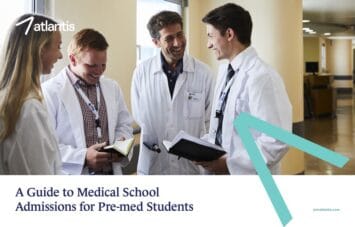
Two Atlantis alumni admitted to Top 5 MD programs wrote our widely read medical school admissions guidebook — download yours.
Get our 76-page medical school admissions guidebook, by Atlantis alumni at Harvard Medical School and Stanford School of Medicine.
